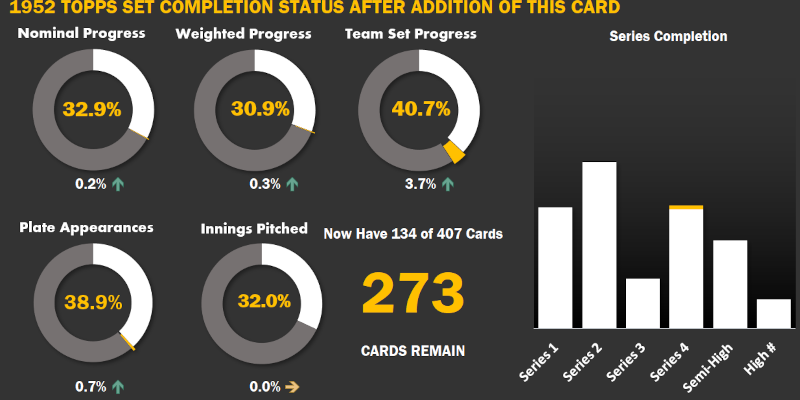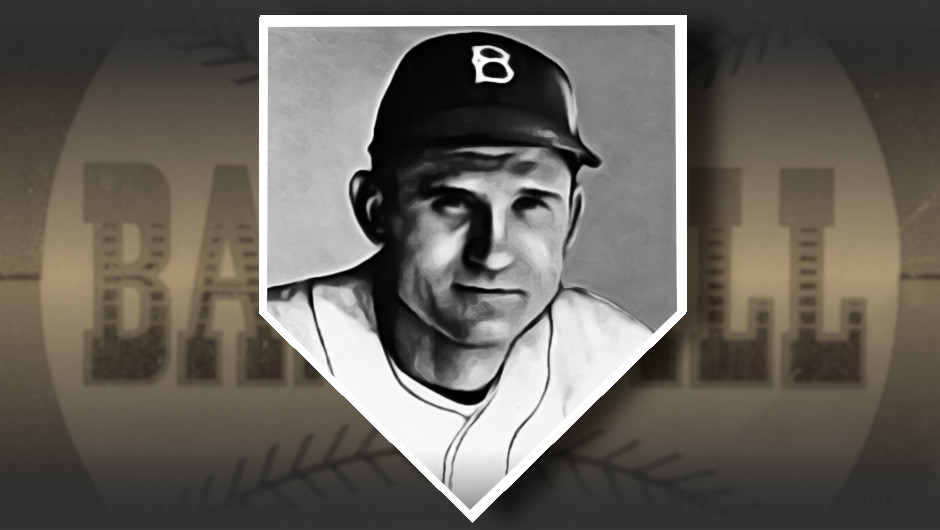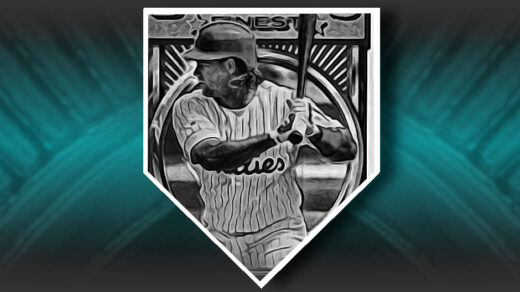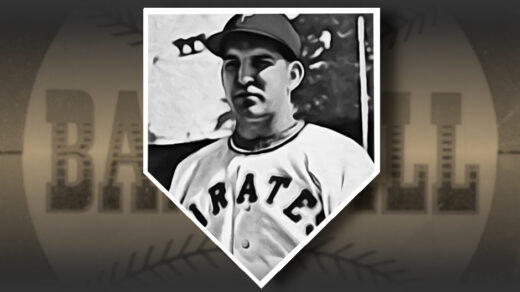This is one of the more interesting cards across the full spectrum of the 1952 Topps checklist. Card #243 features Larry Doby posing at a batting cage with his left leg propped up and his face looking at the camera. Batting practice must have been beneficial as he would go on to lead the American League in homeruns that year. In his four full seasons leading up to the production of this card, Doby averaged 5.4 WAR per season with a .420 wOBA. This is a level of recurring production similar to last year’s MVP-caliber season of Paul Goldschmidt or the first decade of Mike Trout’s career. The back of the card calls out Doby’s slugging in the final sentence, a metric that you don’t see referenced too often on vintage baseball cards.
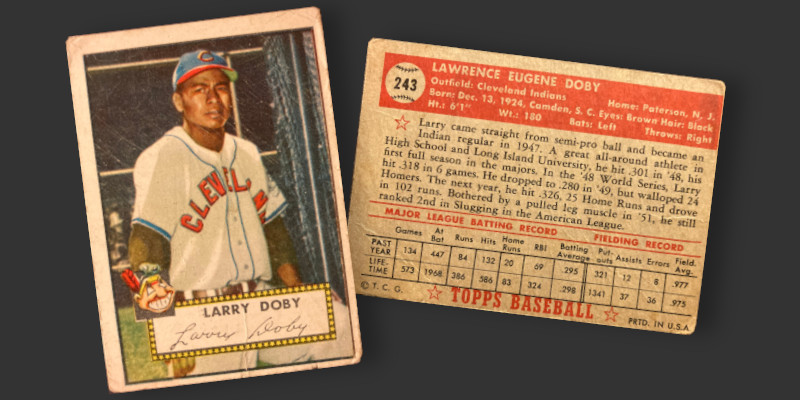
The back of the card also describes him as being “straight from semi-pro ball,” a term Topps used euphemistically to refer to athletes in the Negro Baseball Leagues while omitting any talk of the recent segregation of the sport. Doby had been a star player with the Newark Eagles and was signed by the Cleveland Indians to be the second black man to cross the sport’s color barrier. Unlike Jackie Robinson, who had some time to adjust with Brooklyn’s minor league affiliate in Montreal, Doby was sent directly from Newark to Cleveland with little in the way of support. His arrival came only weeks after Robinson and, with no interleague play between the AL and NL, Doby essentially broke the color barrier for half of the sport.
Doby is one of the game’s giants, both as one of the top performers of his day and as a trailblazer for the integration of the sport. Despite all of this, muted collector interest and distribution with the widely distributed fourth series make the card very easy to obtain. Price guides from when I first encountered the set 30 years ago place the card on equal footing with cards of minor stars like Ralph Branca. Today there is bit more interest now that he is in the Hall of Fame, advanced statistics have found a wider audience, and research into early black baseball has gathered momentum. I’m ecstatic that I was able to get one for my collection.
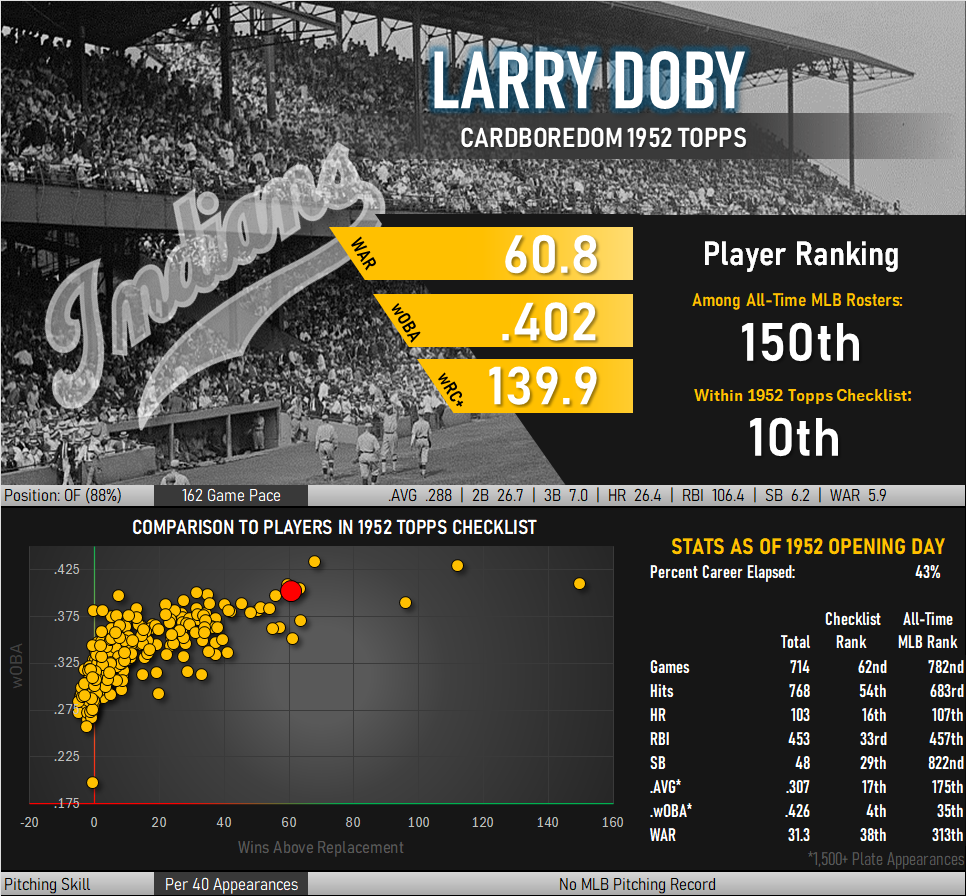
Doby may have hit baseball’s only out-of-the-park inside-the-park homerun. During a 1948 game in the Senator’s Griffith Stadium, he hit a long fly towards the 35-foot wall in right field. The wall, just 2 feet shorter than Fenway’s Green Monster, contained a bank of loudspeakers and lights mounted on towers just beyond it. Doby’s drive caromed off the loudspeakers and back into the outfield. Doby kept running while the umpires took a few seconds to determine that the ball was still live, making it all the way to home plate. Not many inside the park home runs go over a fence and come back.
